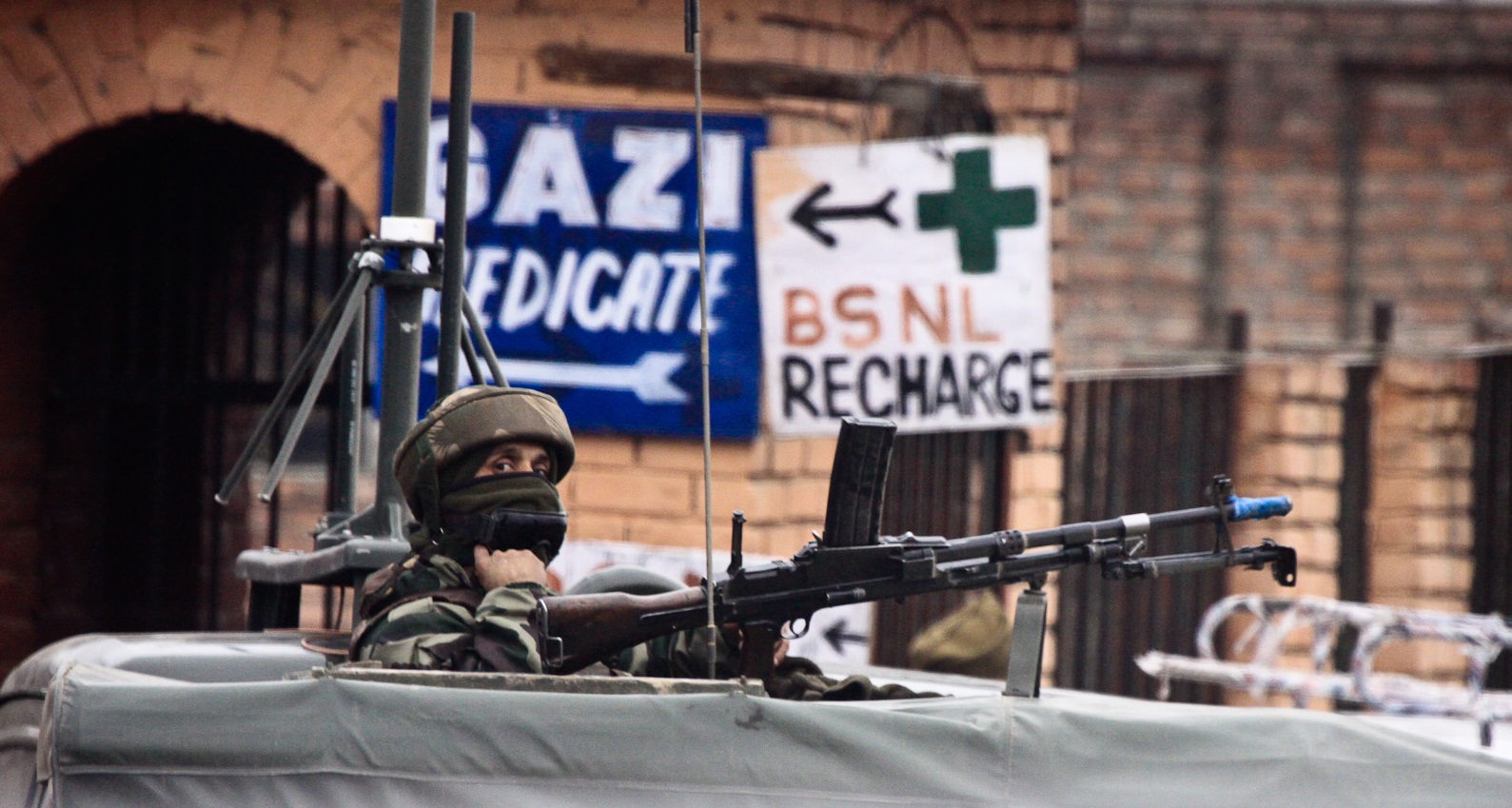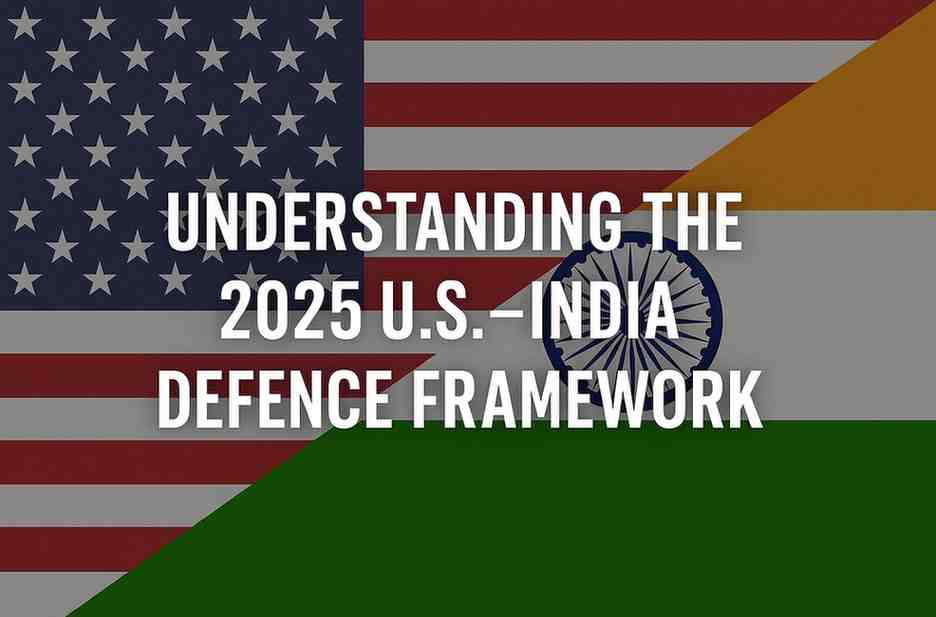The partition plan of June 3, 1947, allowed each princely state to choose between joining India or Pakistan based on geographical proximity and the religious and cultural identity of their people. Among the 564 princely states, Jammu and Kashmir had a majority Muslim population but was ruled by a Hindu, Maharaja Hari Singh. Initially, the Maharaja opted for independence, aiming to maintain autonomy over his state.
However, in October 1947, tribal militias from Pakistan, backed by the Pakistani Army, invaded Kashmir, aiming to annex the territory. Maharaja Hari Singh sought military assistance from India, which agreed on the condition that he would accede to India. Indian troops entered Kashmir, successfully repelling the tribal militias back to Pakistan. On October 26, 1947, the Maharaja signed the Instrument of Accession with India, formally integrating the state into India. This accession was provisionally accepted by the Governor-General of India, Lord Mountbatten, with the understanding that the final decision would be made by the people of Kashmir once the situation stabilized.
Kashmir is a region of immense geopolitical importance, situated between the three nuclear powers of India, Pakistan, and China. It also borders Afghanistan, which lies at the crossroads of South and Central Asia, and Central Asia itself serves as a geographical bridge between Europe and other parts of Asia. The region’s significance is further heightened by the access it provides Pakistan and India to the Arabian Sea, thus connecting them with key maritime corridors and the Persian Gulf.
The Kashmir dispute has led to significant economic losses for both India and Pakistan. Both countries have invested heavily in their nuclear programs to deter each other, diverting funds that could have been used for research and development, education, healthcare, and the overall well-being of their people. In the 21st century, both states continue to enhance their arsenals. Pakistan allocated PKR2.13 trillion (USD7.64 billion) for its defense budget, which is around 1.7% of its GDP, according to 2024 -2025 figures. Meanwhile, India allocated $75 billion, around 1.9% of its GDP, for defense in the same year. These expenditures contribute to economic vulnerabilities. If the dispute were resolved, it would create economic opportunities and increase cross-border trade, ultimately improving the living standards of the people.
The conflict has also led to a significant loss of cultural exchange. Actors, singers, and athletes from both countries are not performing in each other’s countries. India has officially banned Pakistani artists, including film stars and directors, from collaborating with Indian artists. Pakistan has shown resilience, but Indian leadership, particularly under the BJP and Prime Minister Modi, has taken a hardline approach. Cross-cultural exchanges could foster economic well-being and social harmony between the people on both sides. Since the Uri attack in 2016, there has been an unofficial blanket ban on Pakistani artists performing in India.
India often uses the Kashmir issue for political gains. The BJP, under Modi’s government, exploits the conflict during election times. Statements from their leaders create war hysteria, garnering public sympathy and support for political gain. Conversely, Pakistan has always sought a solution and shown responsible behavior, such as opening the Kartarpur Corridor for Sikhs to perform their religious activities. Pakistan consistently aims to normalize relations with India.
Kashmiris, who are culturally and ethnically connected to Pakistanis, suffer horrific atrocities at the hands of ‘900,000 Indian occupation forces that have killed 94,952 people, arrested 143,381, and raped 11,058 women since 1989.’ Pakistan vows to ‘never’ abandon the Kashmiris and will continue to provide political, diplomatic, and moral support. The new generation of Kashmiris has again risen against the continuous use of brutal force by Indian occupation forces. About 250 youth, including girls, have permanently lost their eyesight due to pellet injuries to their faces. To suppress the voices of the Kashmiri people, Indian forces imposed curfews and suspended internet services in Srinagar, Pulwama, Shopian, and other areas. Moreover, Kashmiri leaders were arrested and kept under house arrest. The international community is urged to take notice of the plight of the Kashmiri people and play their part in alleviating their miseries.
The dynamics of the South Asian region are undergoing a significant transformation, with India emerging as a rising power and fostering strategic alliances with great powers, notably the United States. In this shifting landscape, India is attempting to divert international attention away from the longstanding Kashmir dispute and towards its economic aspirations. This development poses a significant challenge for Pakistan, which has long been advocating for international intervention in the Kashmir issue. To keep the issue alive and relevant on the global stage, Pakistan must continue to raise it in prominent international forums, such as the United Nations.
In 2019, the Ex-Prime Minister of Pakistan, Imran Khan, exemplified this approach by vocally bringing attention to the Kashmir issue at the UN General Assembly. Pakistan must sustain this momentum and continue to mobilize international support to counter India’s efforts to shift the focus away from Kashmir. By doing so, Pakistan can ensure that the global community remains aware of the ongoing human rights violations and political unrest in Kashmir, ultimately exerting pressure on India to resolve the dispute through diplomatic means. As the regional dynamics continue to evolve, Pakistan’s diplomatic efforts will play a crucial role in shaping the future of the Kashmir issue.
The ideal solution for Kashmir is to resolve the issue according to United Nations Security Council (UNSC) resolutions and the will of the Kashmiri people. However, considering the current situation, India is not ready for this. Therefore, a gradual demilitarization of forces inside and along the borders should be the first step. Both states must sit together, negotiate, and arrive at a diplomatic solution to the dispute. War is not the ultimate solution. Both states must show resilience and adopt a give-and-take approach to resolve the conflict, keeping in mind the well-being of the Kashmiri people.
In conclusion, the Kashmir conflict is a multifaceted issue that requires a holistic approach for resolution. Historical grievances, economic costs, cultural losses, political manipulations, and human rights concerns all need to be addressed. If both states remain rigid in their stances—Pakistan refusing to accept India’s hegemony in South Asia and India insisting on maintaining relations based on sovereign equality—the situation will remain tense. If the policies on the Kashmir dispute remain unchanged and both countries keep their nuclear options open unless they agree to non-proliferation, there will be no possibility of a no-war pact. This poses a serious concern for regional security and stability. The innocent people of Kashmir might continue to suffer, and the conflict’s consequences could extend far beyond the borders, ultimately leading to a loss of humanity.
References:
Ahmed, M. A. I., & Malik, M. A. (2020). Foreign Policy Of Pakistan (1st ed., pp. 240-248).
A.H. Publisher.
* Iftikhar Ahmed, M. A. (2020). Foreign Policy of Pakistan (1st ed.). A.H. Publishers.
* Chaudhry, Muhammad S. International Relations Theory & Practice. Caravan Book
* House (Maktab-e-Karwan).pp.502-78
* Ahmad Muhammad Salahuddin Dr. Foreign Policy of Pakistan ARSHI Publishers (pp.42-
51)
* Sattar Abdul. Foreign Policy of Pakistan.(5th ed.,) Oxford university press 2020.
* Husain, Javid. Pakistan and a World in Disorder: A Grand Strategy for the Twenty-First
Century. Springer, 2016.

Azyan Afzal
Azyan Afzal is a student at the National University of Modern Languages (NUML), Pursuing a BS degree in International Relations. His areas of interest are South Asia as a region, the Middle East (Exploring the Saudi-Iran rapprochement and Israel -Palestine conflict ), and the Indo-Pacific region.
- Azyan Afzal#molongui-disabled-link













